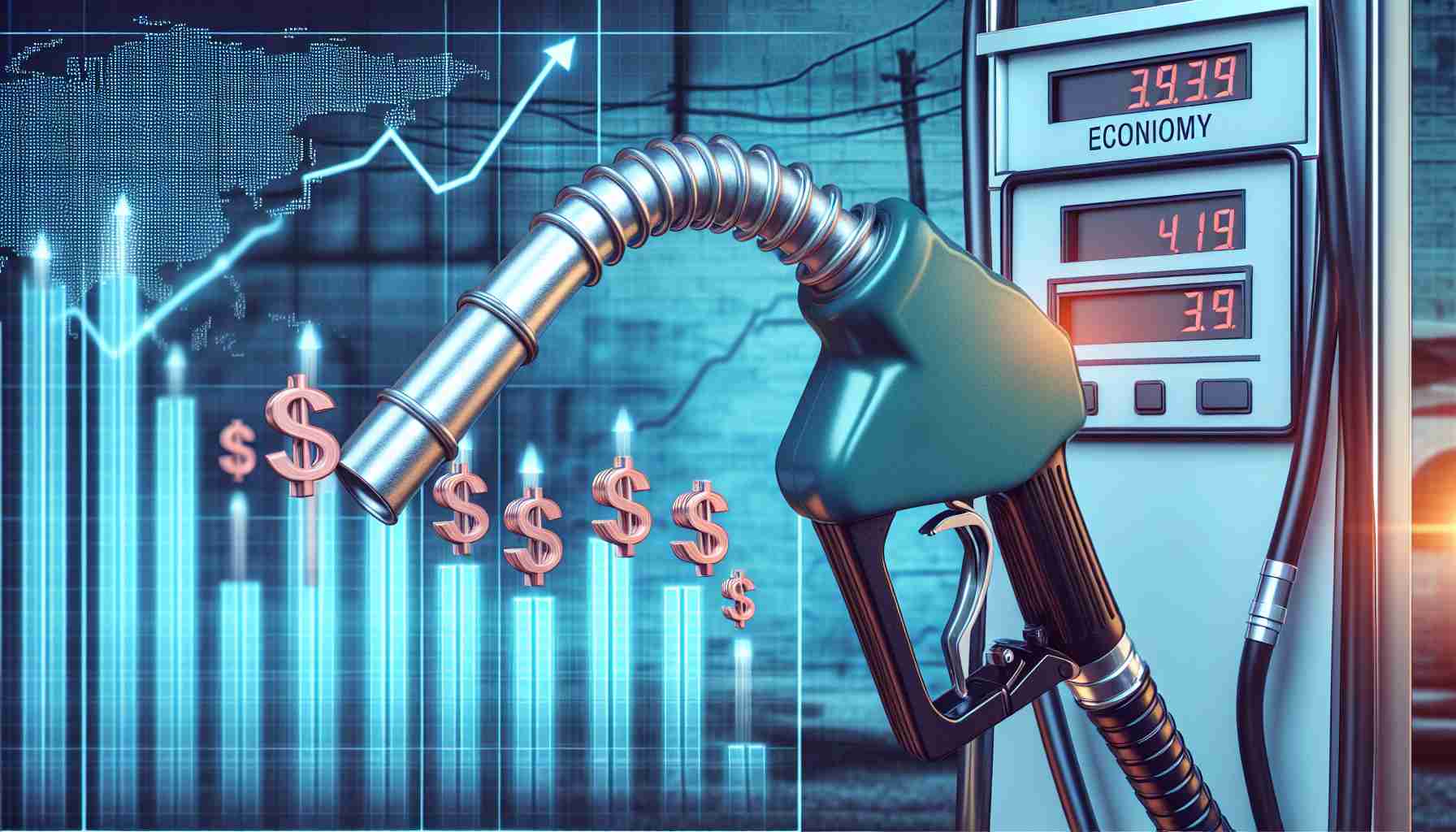Gasoline Prices Influence May’s Consumer Price Trends
The United States has observed a notable decline in gasoline prices, which played a significant role in the moderation of the overall inflation rates last month. Data from the Bureau of Labor Statistics revealed that the gasoline index saw a reduction of 3.6% within May, contrasting with the 2.8% increase experienced in April.
Current National Gas Average and Future Oil Price Predictions
This deflation in fuel costs occurred alongside a descent in both wholesale prices and crude oil in the previous month. The American Automobile Association reported a continuum in this trend with the national gasoline average standing at $3.45 per gallon, reflecting a decline from the prior month.
Market Fluctuations and the Energy Price Landscape
Despite the recent downturn in crude oil prices, market expectations suggest a rebound, driven by transportation demands and the approaching summer’s increased need for cooling. Analysts from Goldman Sachs anticipate a rise in Brent crude prices, proposing a potential 7% escalation from the current figures.
Comprehensive Energy Sector Overview
The energy index, more broadly, also demonstrated a decrease by 2% in May, in stark contrast to the increase seen in April. Despite these figures, the overall annual data underscores an upward tick in energy prices, with the gas index ascending by 2.2% over the year. Meanwhile, other components of the energy sector, such as fuel oil, showed a slight downturn, whereas electricity prices remained stable. Natural gas prices, after experiencing a recent surplus, have begun to climb as this excess supply is consumed.
Key Questions and Answers Regarding Fuel Costs and Inflation:
1. What causes fluctuations in fuel costs?
Fuel costs are influenced by a variety of factors including crude oil prices, which are determined by global supply and demand, geopolitical events, production cuts or agreements among oil-producing countries, and refining and distribution costs. Additionally, seasonal factors, such as increased travel in the summer or heating demands in the winter, can also affect prices.
2. How do fuel costs impact inflation?
Fuel costs are a significant component of transportation and production expenses. When fuel prices drop, it can help to ease inflationary pressures by reducing transport and production costs for a broad range of goods and services. Conversely, high fuel prices can contribute to increased inflation rates.
3. What are the challenges associated with predicting oil prices?
Oil prices are notoriously difficult to predict due to their dependency on complex and interrelated factors. Political instability, natural disasters, and changes in energy policy can rapidly alter the supply-demand balance. Analysts must consider these uncertain factors when forecasting future prices.
Advantages and Disadvantages of Recent Decrease in Fuel Costs:
Advantages:
– Consumers and businesses experience lower transportation costs, which can increase disposable income and profit margins.
– Easing inflation pressures can contribute to a more stable economic environment.
– Decreased operating costs for businesses reliant on transportation can reduce prices for goods, benefiting consumers.
Disadvantages:
– Lower fuel costs may lead to increased consumption, potentially reversing any declines in prices if demand outpaces supply.
– Energy sector businesses, particularly in the oil and gas industry, might suffer losses due to reduced profit margins.
– If the dip in fuel costs is temporary, it could lead to future economic instability as consumers and businesses adjust to a return to higher prices.
Related Controversies and Challenges:
There is ongoing debate about the extent to which governments should intervene in energy markets, for instance through taxation or subsidies. Additionally, there is controversy around the transition to renewable energy and how fluctuations in fossil fuel prices affect this transition.
As with all economic trends, it is uncertain how long the decrease in fuel costs and the associated easing of inflationary pressures will last. The impact of geopolitical events, such as tensions in oil-producing regions, or major policy shifts in large economies, can quickly alter the outlook for both fuel prices and inflation trends.
For more information on current fuel averages and future energy market predictions, you can explore related topics on authoritative sites like those of the Energy Information Administration (EIA) or the International Energy Agency (IEA). Please refer to their main domains for the latest reports and analyses.
– Energy Information Administration
– International Energy Agency



